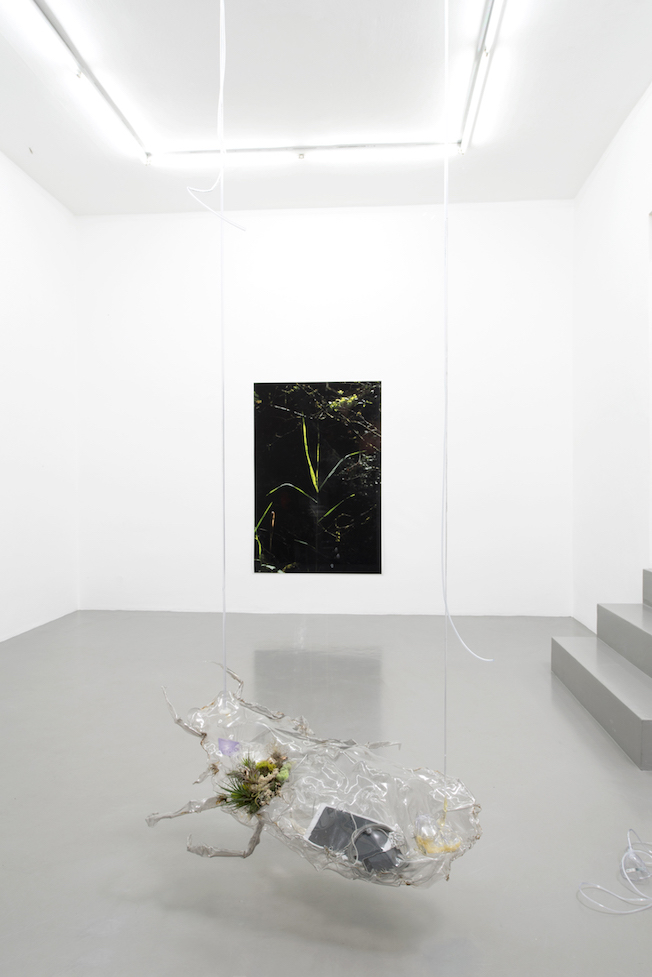
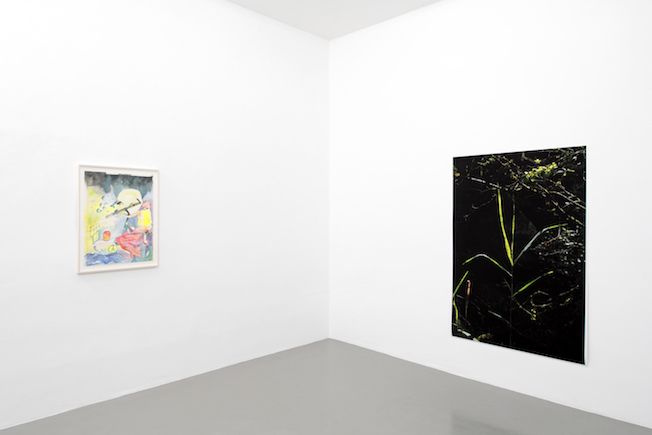
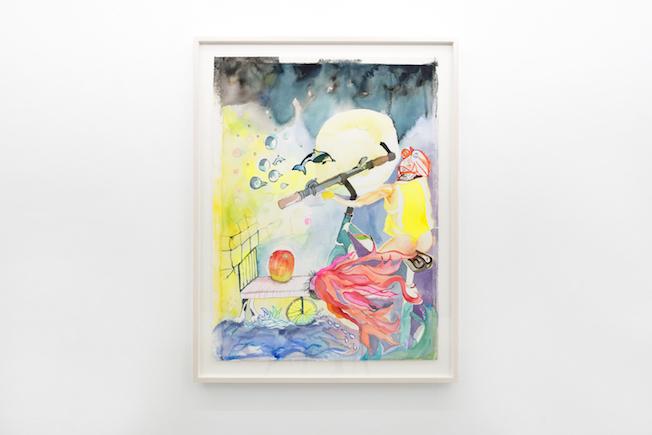
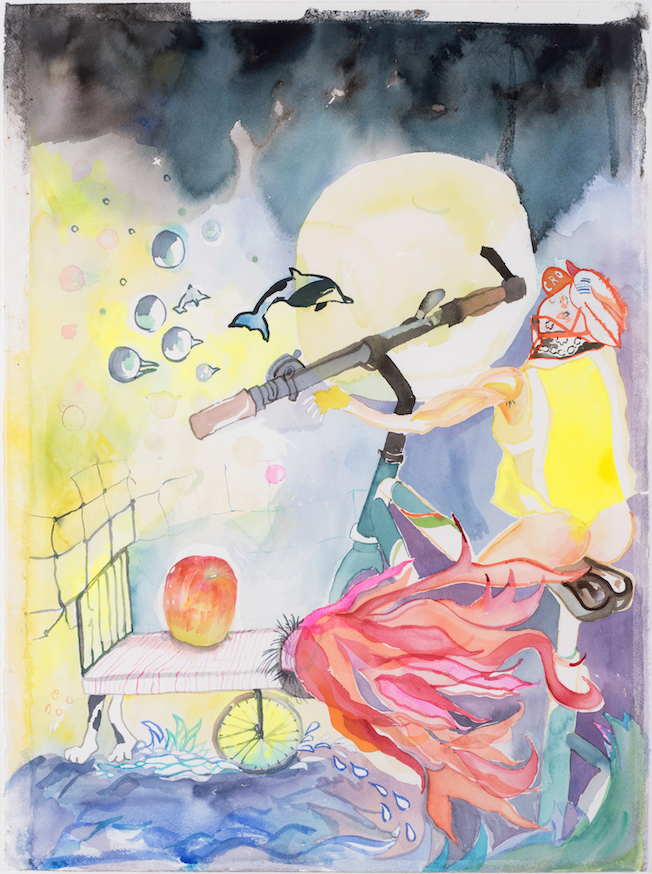
aber wenn ich ihn auf dem Bett vergesse kann ich ihn auf der Arbeit nicht essen, 2020, watercolour on paper,
55 x 76 cm
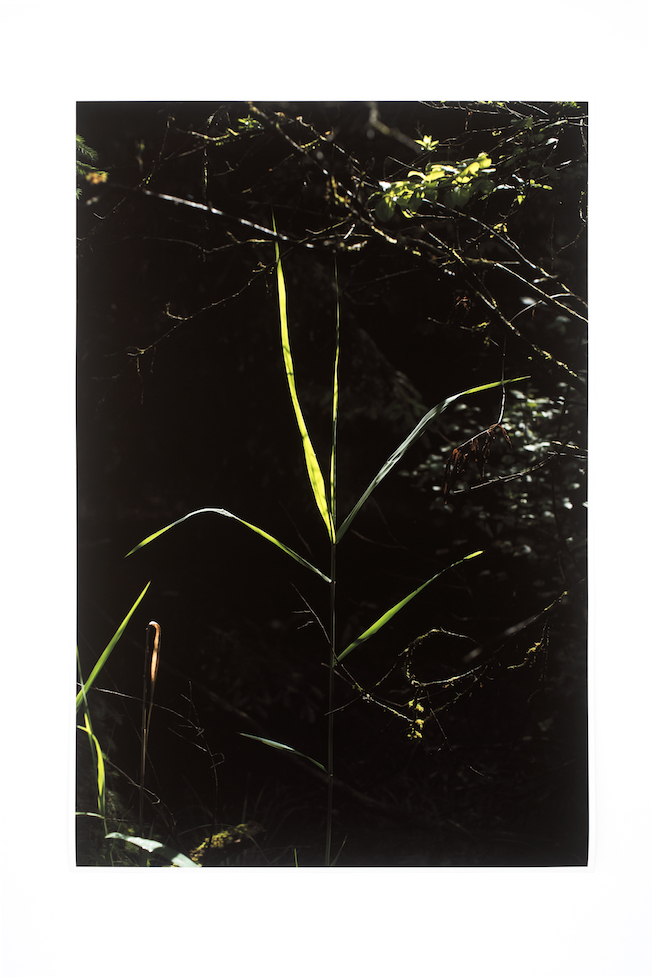
173,8 x 116 cm

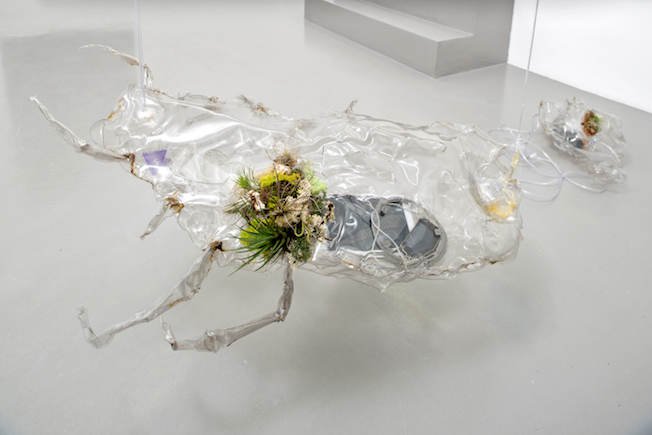
broken tablet,trapped two ants, a tillandsia, broken cables,
97 x 63 x 30 cm
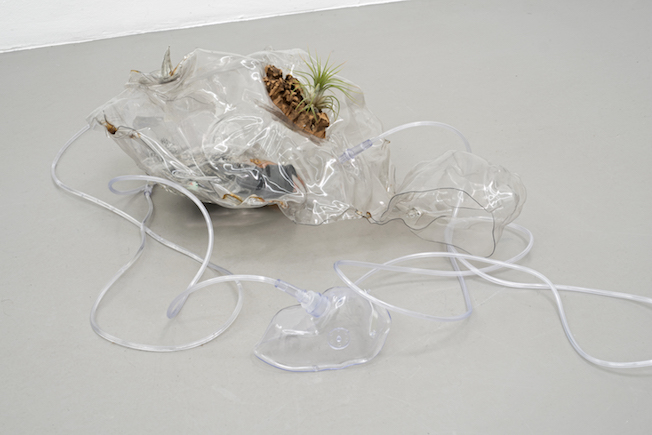
trapped two ants, a tillandsia, broken cables, three found insects,
51 x 29 x 17 cm
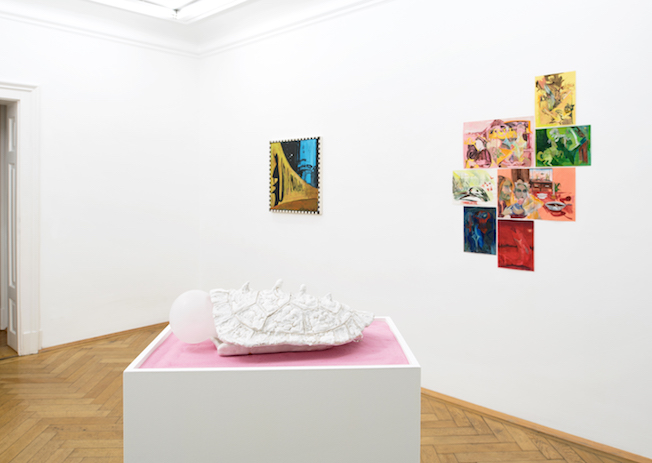
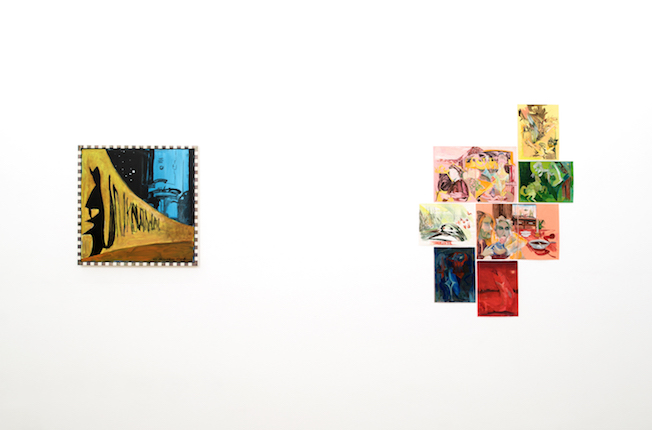
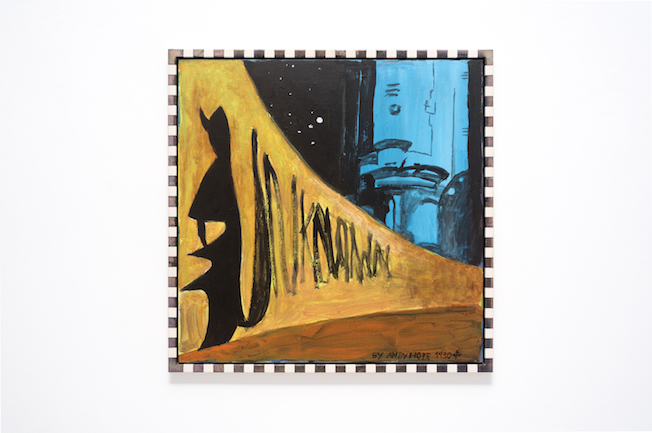
65 x 65 cm
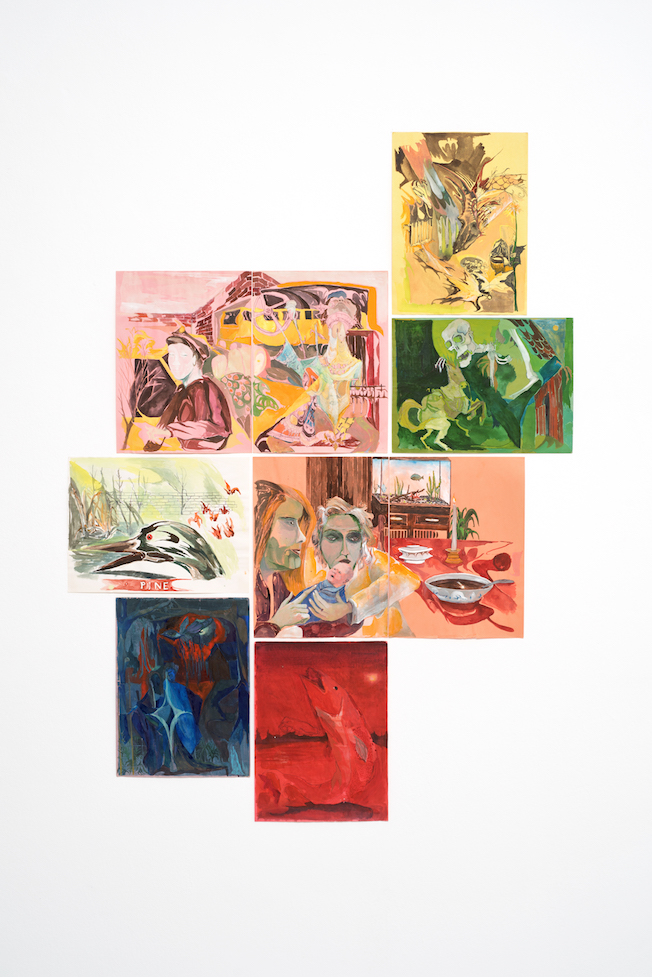
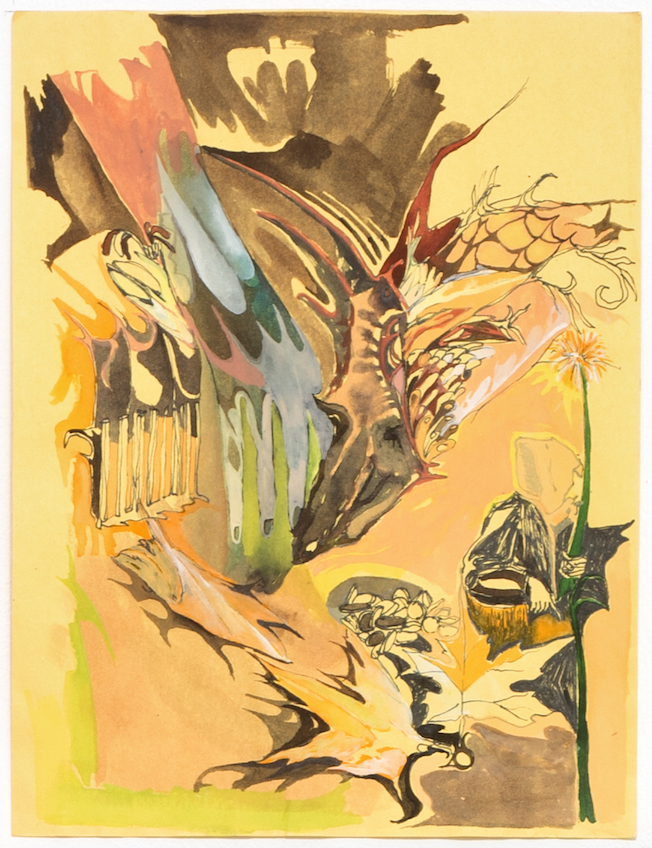
30,5 x 22,5 cm
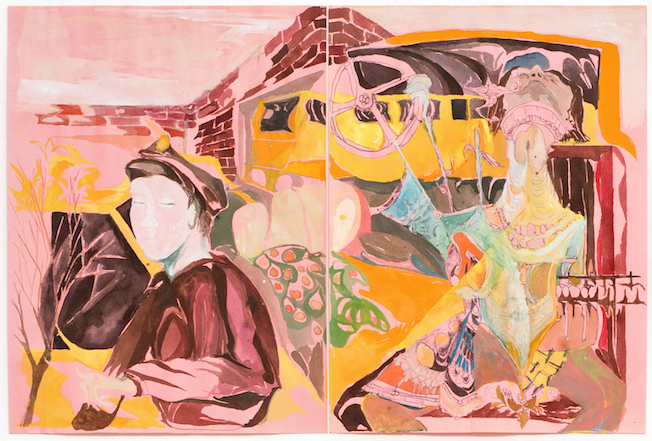
30,5 x 45,2 cm
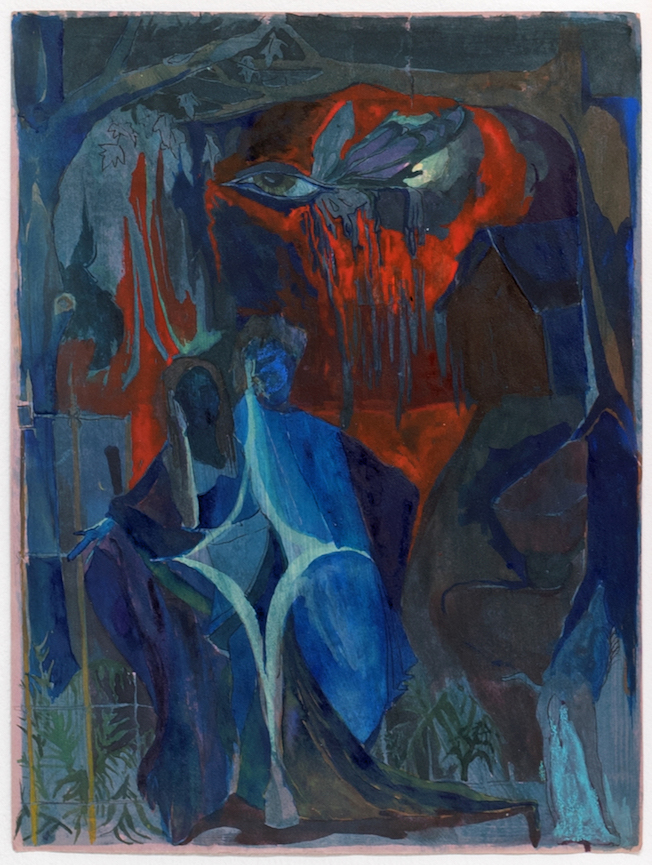
30,3 x 22,6 cm
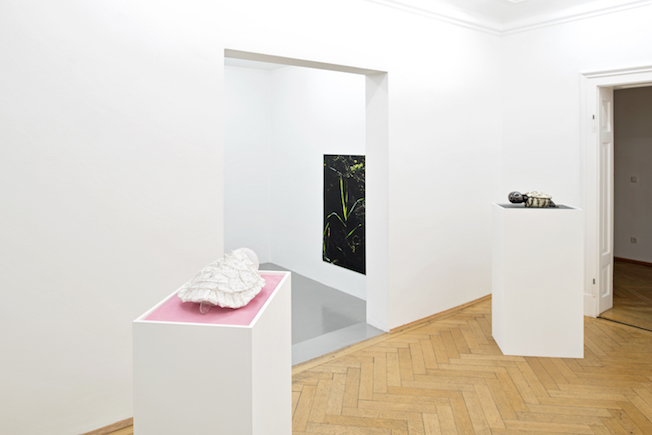
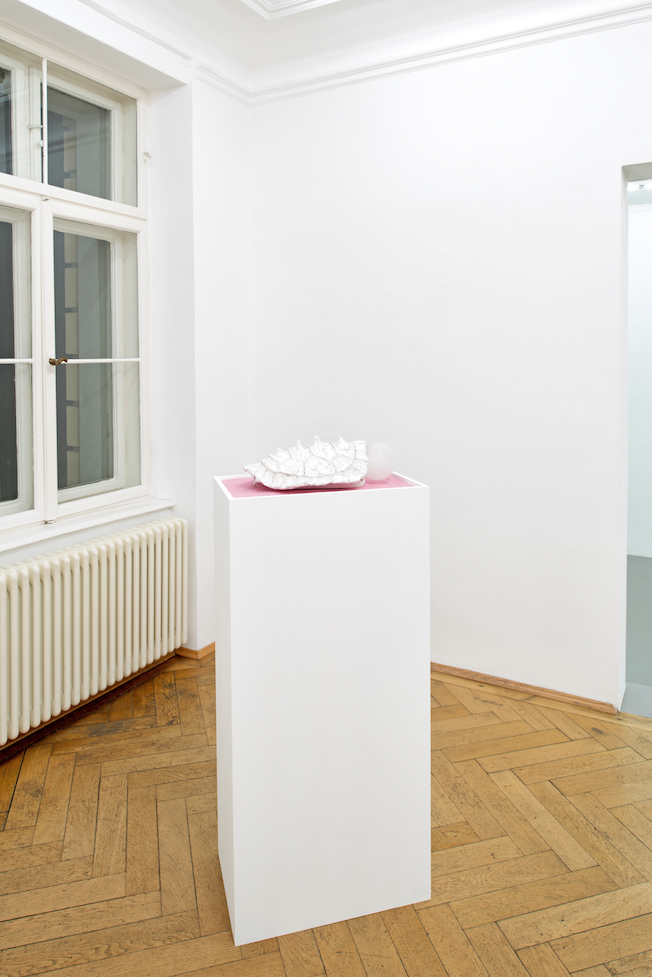
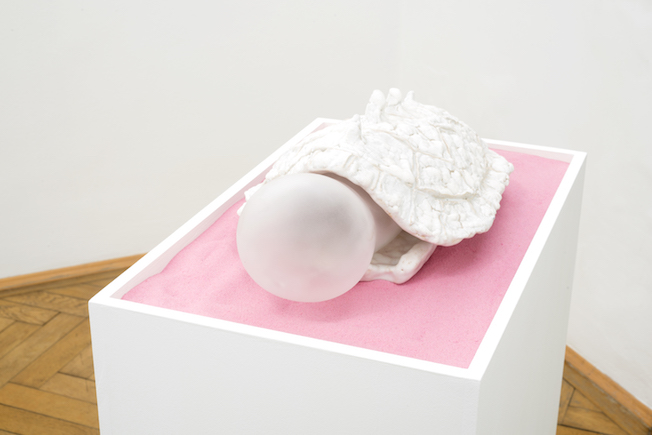
44 x 25 x 14 cm
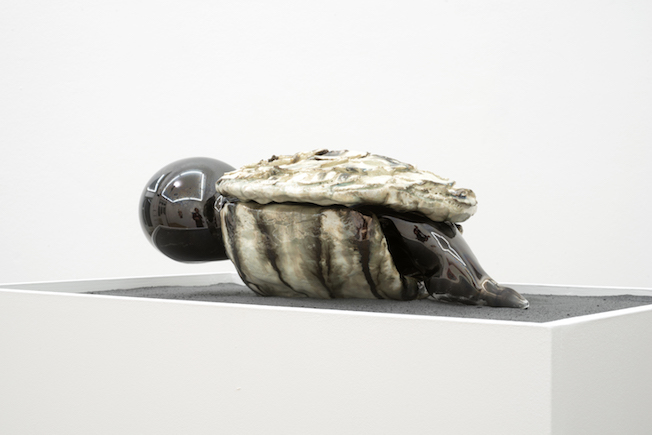
41 x 22 x 12 cm
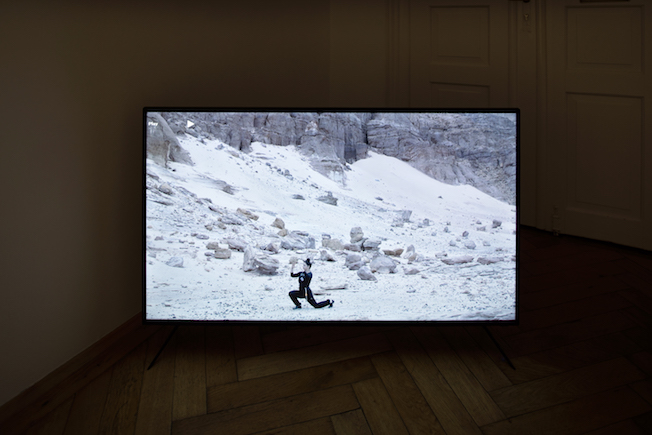
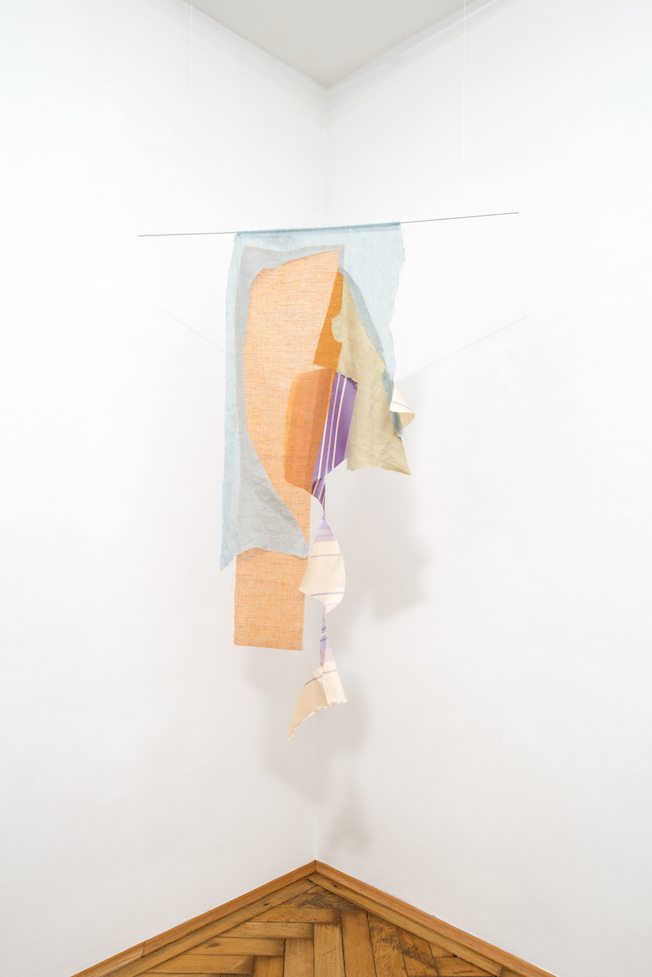
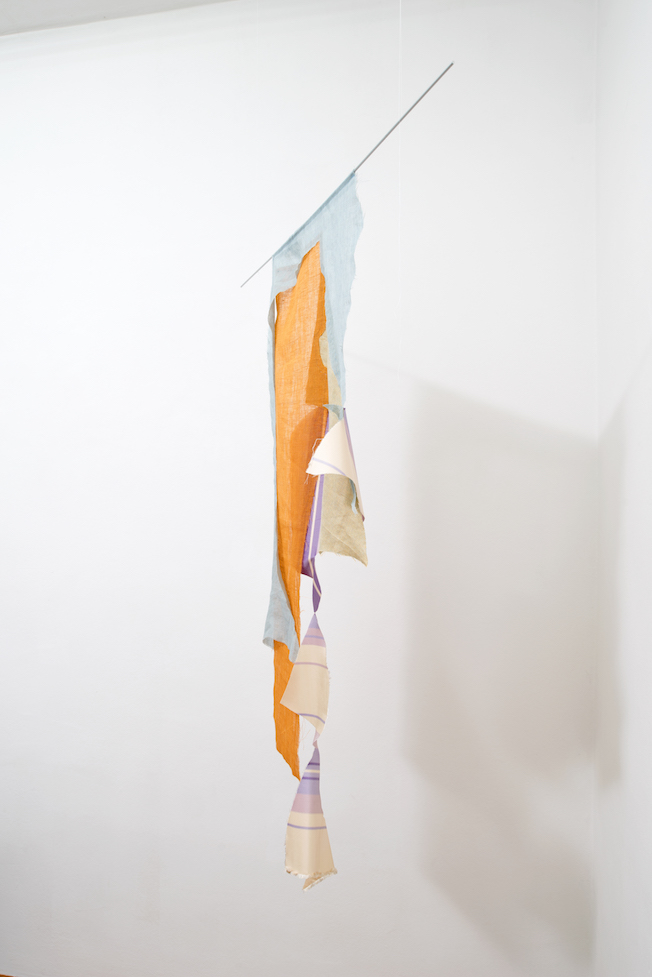
126 x 52 cm
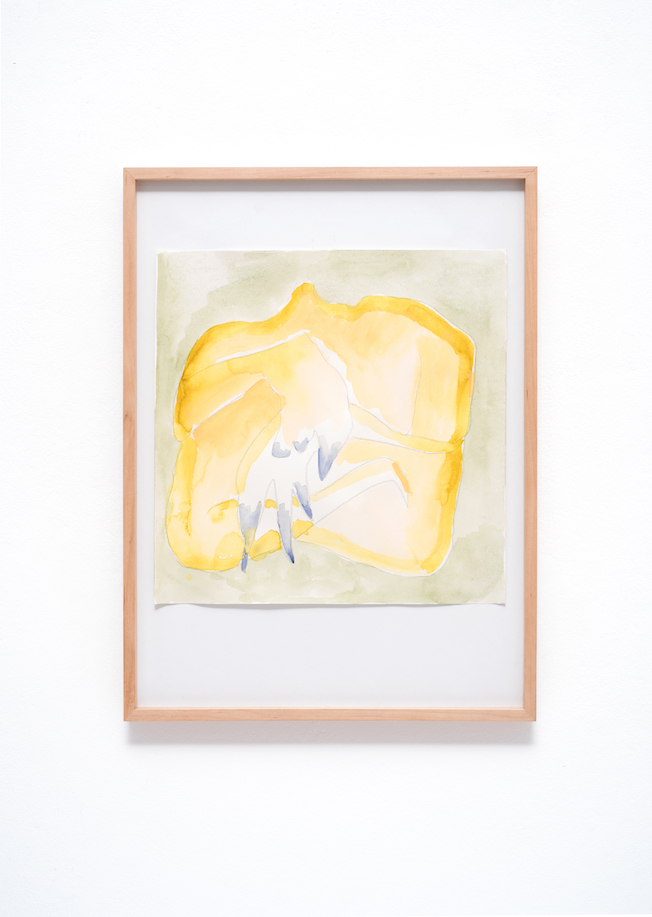
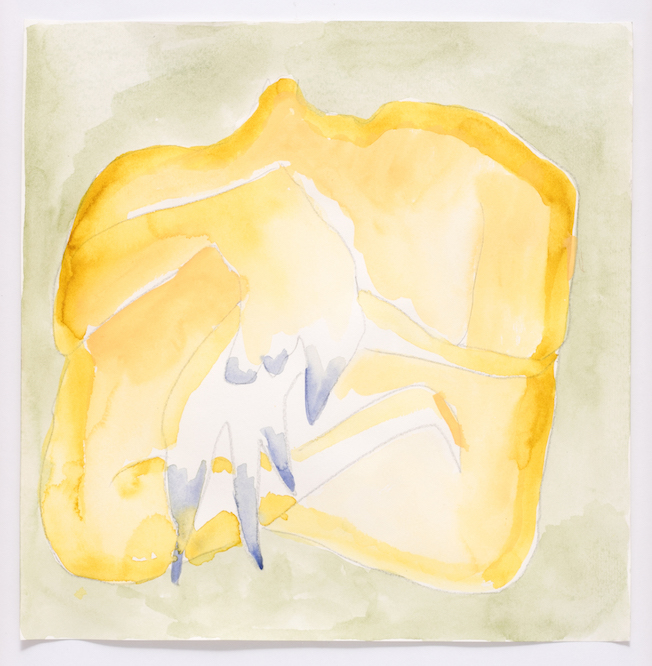
29 x 29 cm
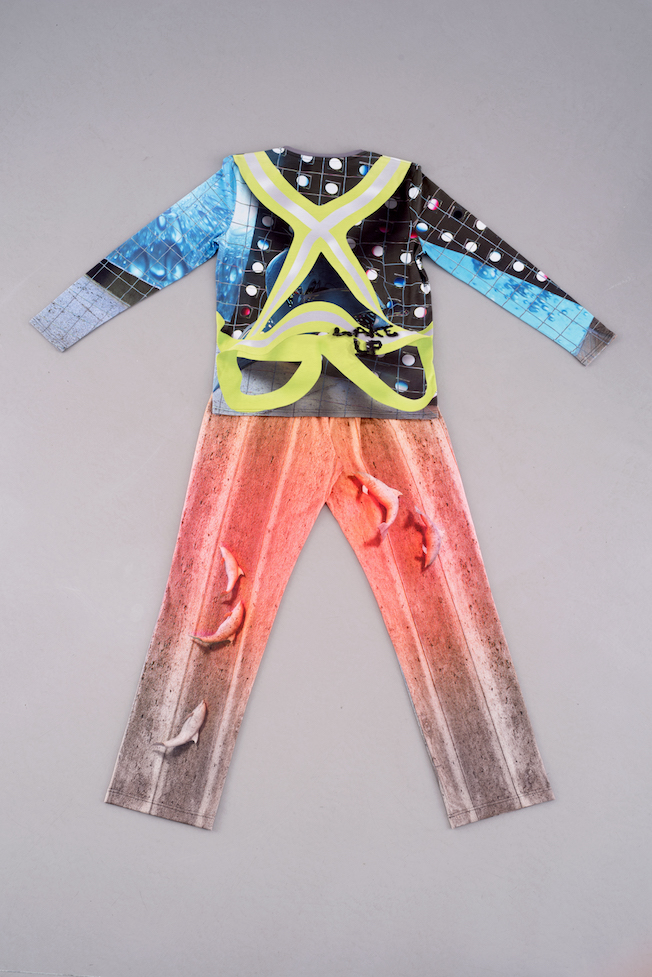
Pyjama Wake Up, 2020, pyjama: Size S, M, L & Poster: 42 x 59,4 cm
Unlimited Edition
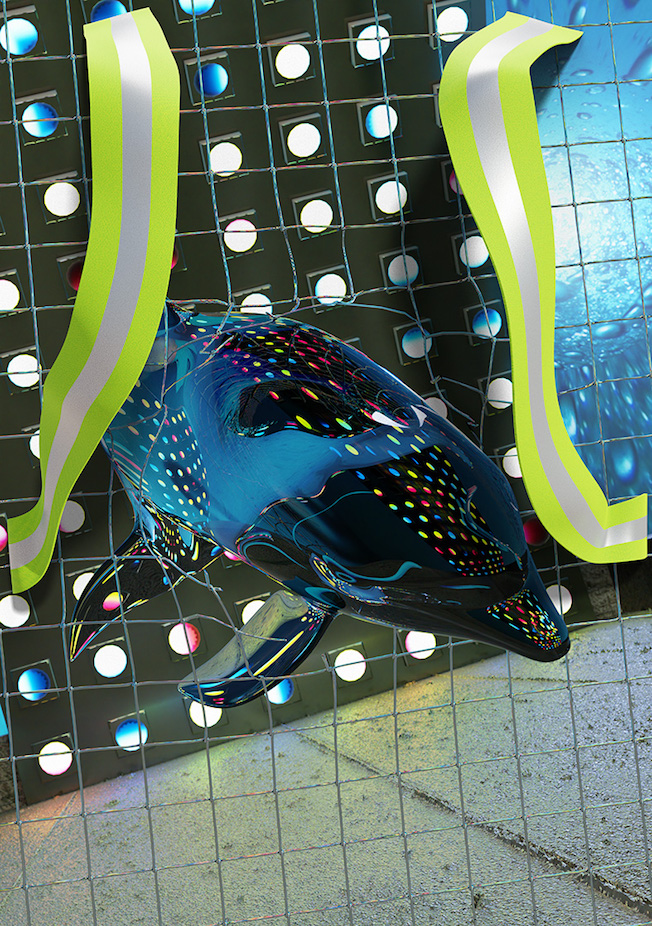
Pyjama Wake Up, 2020, pyjama: Size S, M, L & Poster: 42 x 59,4 cm
Unlimited Edition
Die Ausstellung a skeleton, just like the rest of us* hegt Zuneigung für eine Welt, die nicht immer „unsere“ Umwelt sein muss, und legt die Aufmerksamkeit auf die subtile und Hierarchien hinterfragende Verbundenheit zwischen Menschen, Tieren, Pflanzen, Aliens – Entitäten. Als Alien ist Darth Vader immer von seiner „Andersartigkeit“** bestimmt. Auf „unserer“ Welt darf er nur landen, wenn er produktive Qualitäten ausweist, die seinen befristeten Aufenthalt begründen.*** (Science-)Fiction stellt, wie kollektive und individuelle (Alp-)Träume und Anekdoten, dann keine Flucht in eine andere Welt dar, sondern kann als Werkzeug benutzt werden, um vergangene, gegenwärtige oder zukünftige Szenarien auszutesten.****
Auf diesem bisher einzigen – noch – bewohnbaren Planeten sind wir alle Mitbewohner_innen mit geteiltem Bad. Vielleicht hatte der Hund auch mehr Freude daran mit der Drohne spazieren zu gehen, während sein_e vermeintliche Gefährt_in***** im Lock Down saß. Doch selbst, wenn wir uns abdocken müssen und unter vielen Schichten begraben, sind unsere Panzer nur so abgrenzend hart, wie Techniken immer autonom und von der Geschichte losgelöst scheinen. Die Skelette und speziellen Fähigkeiten können geklonter Natur sein und enttarnen sie als Wesen unter vielen.
* Pagan zu Star: „You know what Darth Vader looks like beneath that mask? He’s a skeleton. Just like the rest of us.” Andrea Arnold: American Honey [Film], 2016, 163 min.
** Vivian Sobchack: Postfuturism, in: The Gendered Cyborg: A Reader, 1987/2000, S. 136–147; Rosi Braidotti: Nomadic Subjects: Embodiment and Sexual Difference in Contemporary Feminist Theory, 2011.
*** „Alien of extraordinary ability“ ist eine Klassifizierung der United States Citizenship and Immigration Services, um nicht-US-Bürger_innen mit außergewöhnlichen Fähigkeiten einen vorübergehenden oder permanenten Aufenthalt in den USA zu erlauben.
**** Ursula K. Le Guin: The Left Hand of Darkness, 1967.
***** Donna Haraway, When Species Meet, 2007.
The exhibition a skeleton, just like the rest of us* harbours affection for a world that does not necessarily have to be “our” world, and draws attention to the connectivities between humans, animals, plants, aliens—entities, connectivities that are subtle and call into question hierarchies. As an alien, Darth Vader is always already defined by his “otherness”.** He is only allowed to come to “our” world if he can demonstrate productive qualities that justify his temporary stay.*** (Science-)Fiction then, just like collective and personal nightmares, dreams or anecdotes, is not an escape to another world, but rather can be used as a tool to probe past, present or future scenarios.****
On this planet, the only one that is—still—habitable, we are all housemates with a shared bathroom. Perhaps the dog had more fun taking a walk with the drone while its supposed companion species***** was stuck in lock-down. But even if we must disengage and bury ourselves under many layers, our shells can only ever be as hard and protective as technologies always seem autonomous and detached from history. Such skeletons and special abilities may be of cloned nature, revealing them as just one among many.
* Pagan on Star: “You know what Darth Vader looks like beneath that mask? He’s a skeleton. Just like the rest of us.” Andrea Arnold: American Honey [Film], 2016, 163 min.
** Vivian Sobchack: Postfuturism, in: The Gendered Cyborg: A Reader, 1987/2000, p. 136–147; Rosi Braidotti: Nomadic Subjects: Embodiment and Sexual Difference in Contemporary Feminist Theory, 2011.
*** “Alien of extraordinary ability” is a classification applied by the United States Citizenship and Immigration Services, in order to grant non-US citizens with extraordinary talents either temporary or permanent residence status in the US.
**** Ursula K. Le Guin: The Left Hand of Darkness, 1967.
***** Donna Haraway, When Species Meet, 2007.
Text: Franziska Linhardt
translated by Jennifer Leetsch